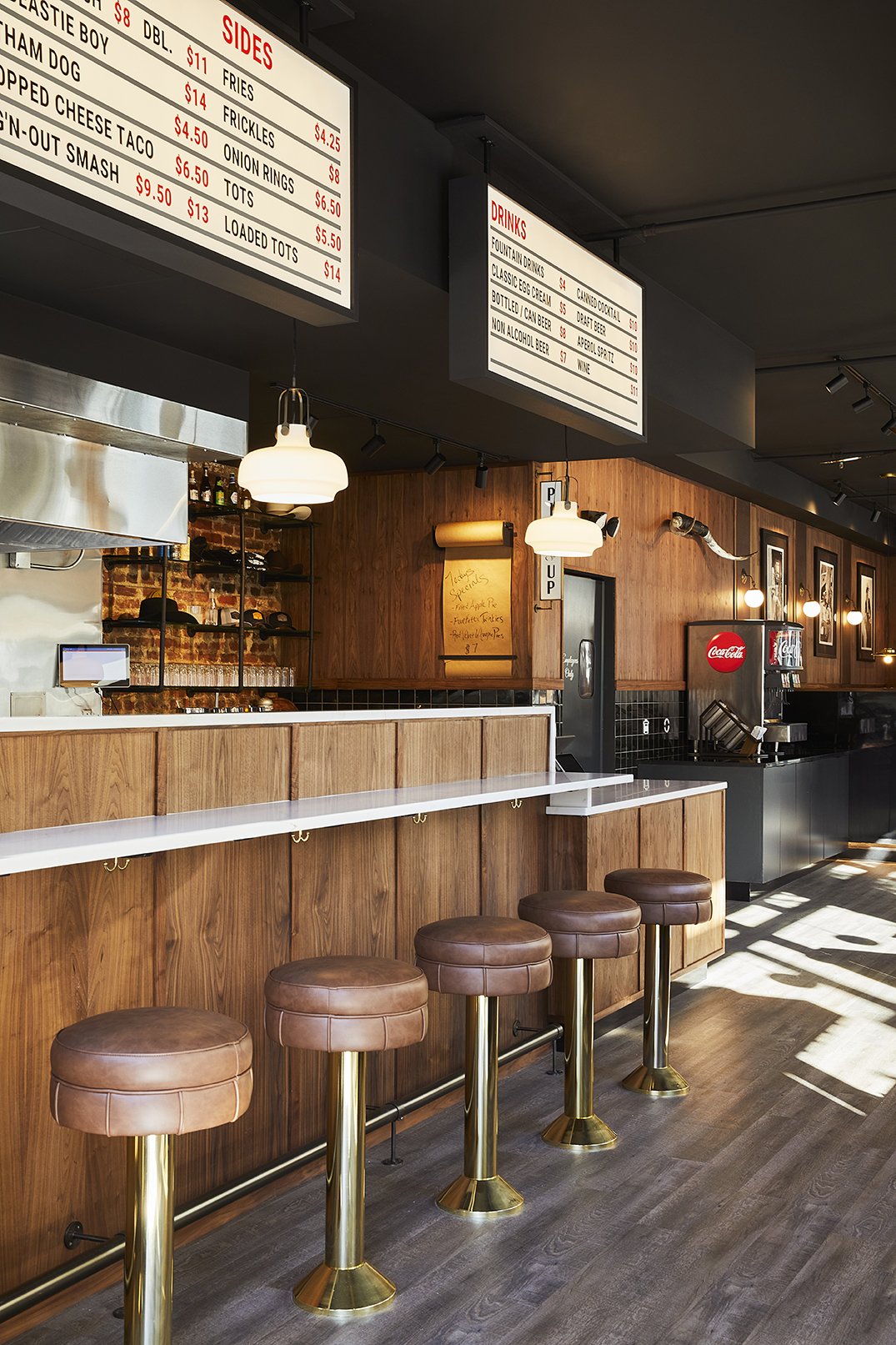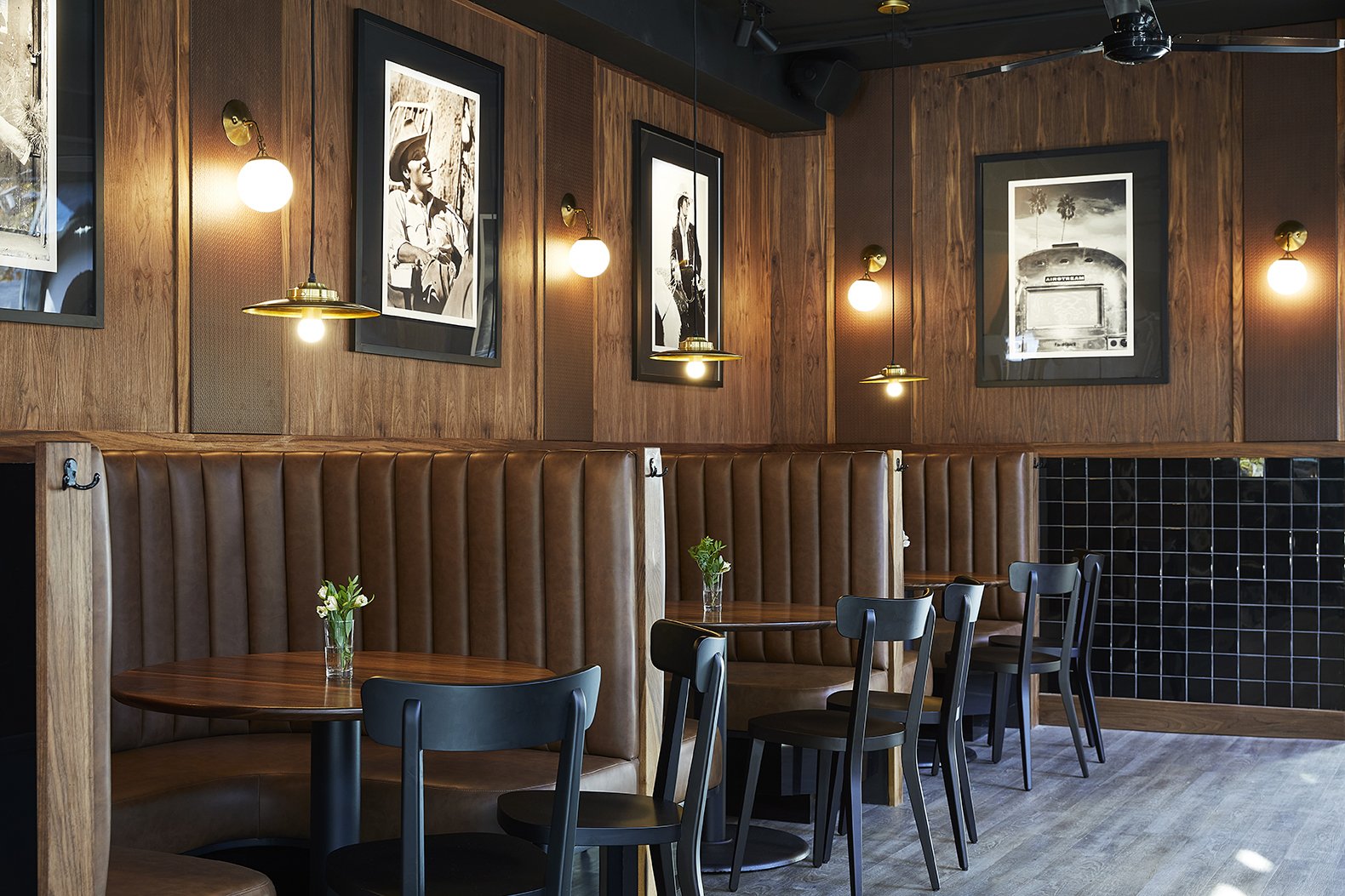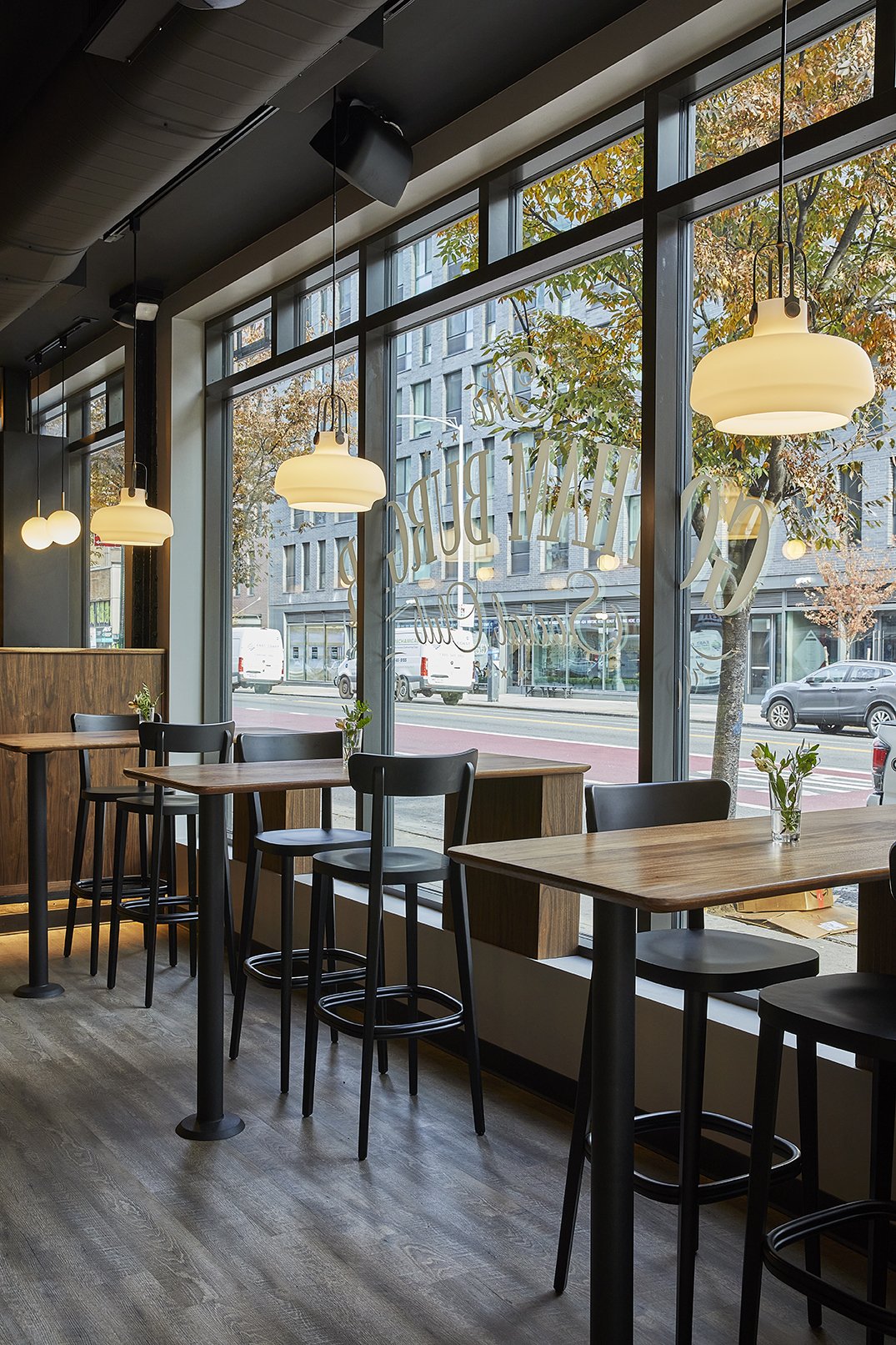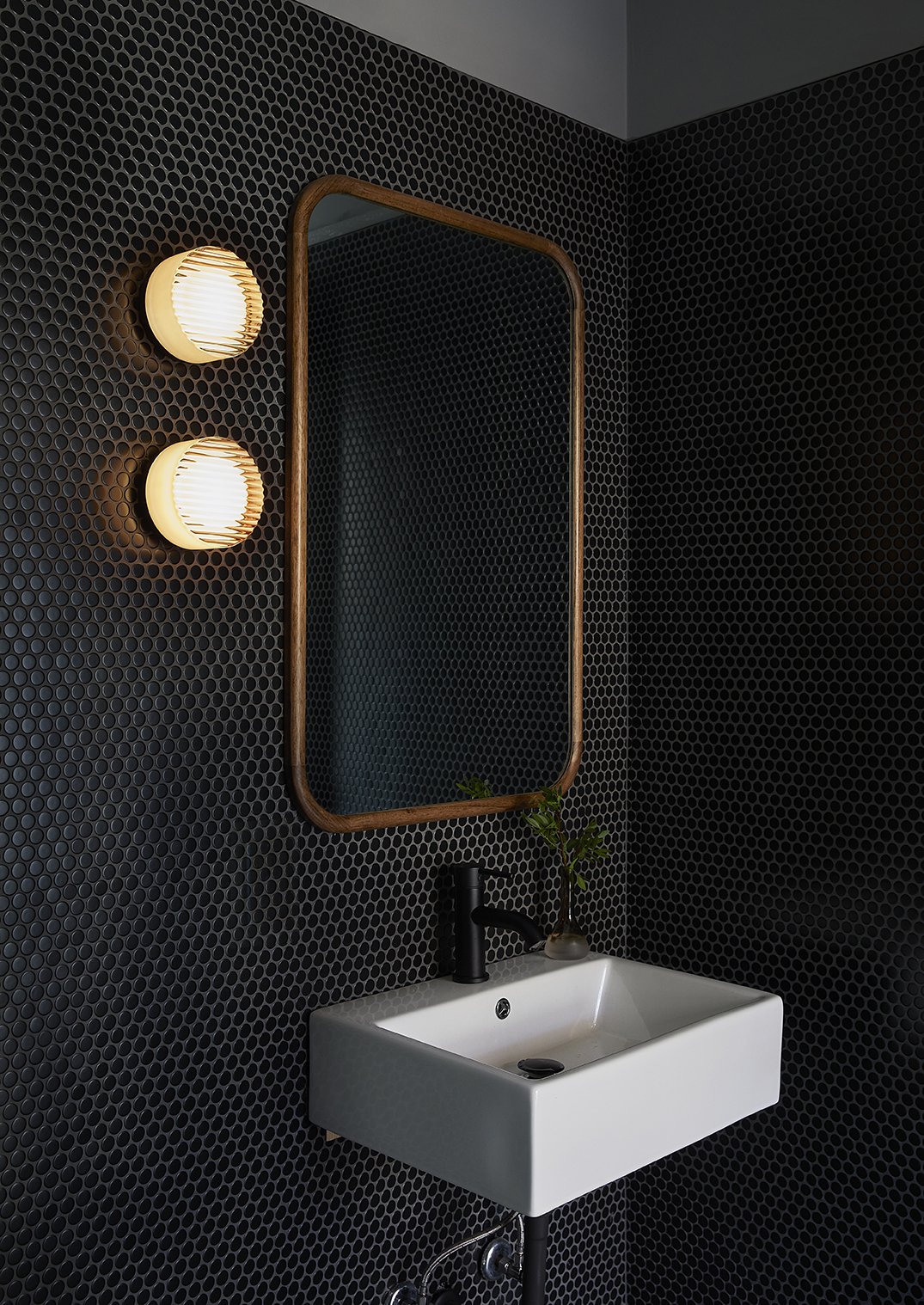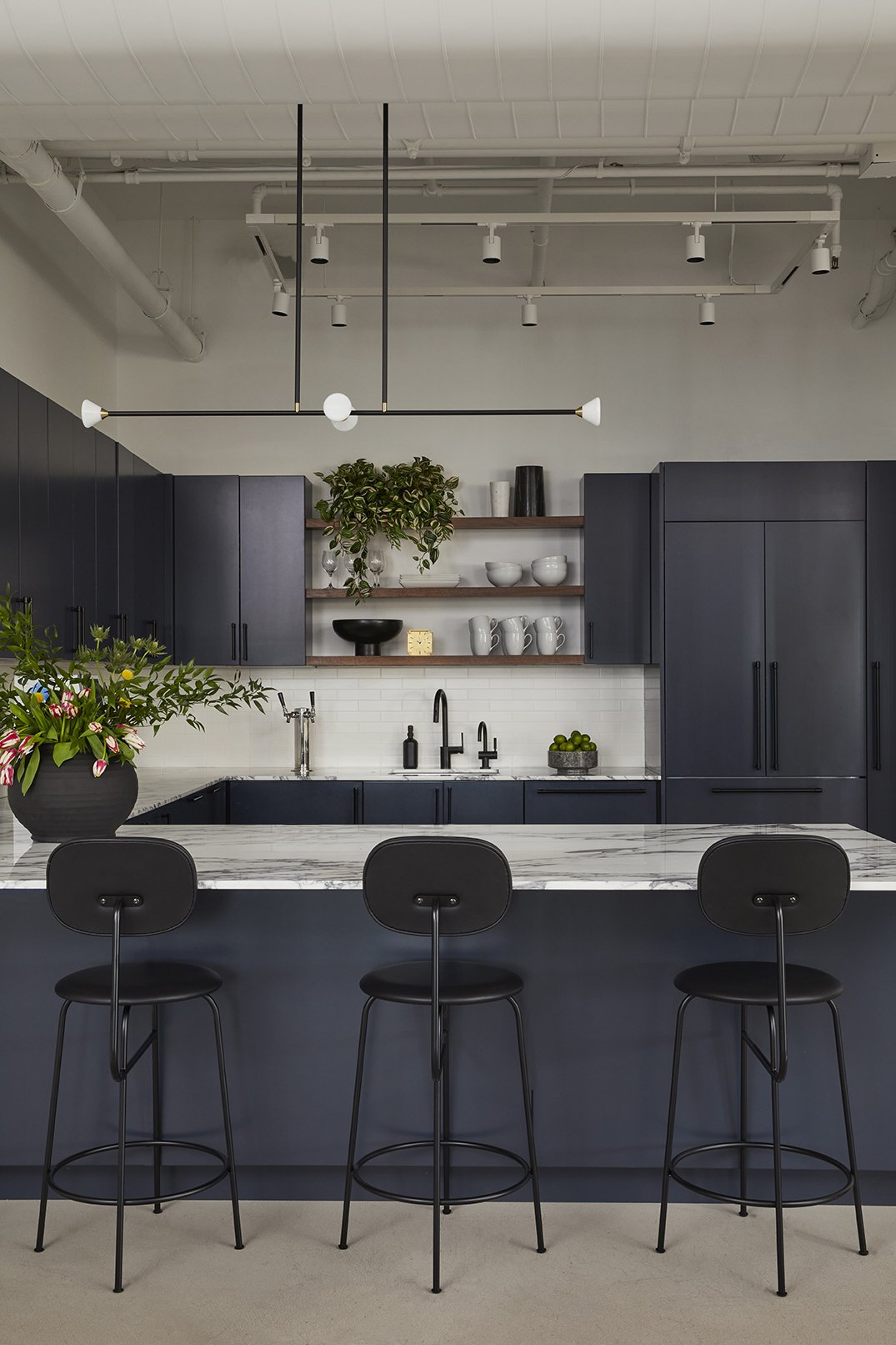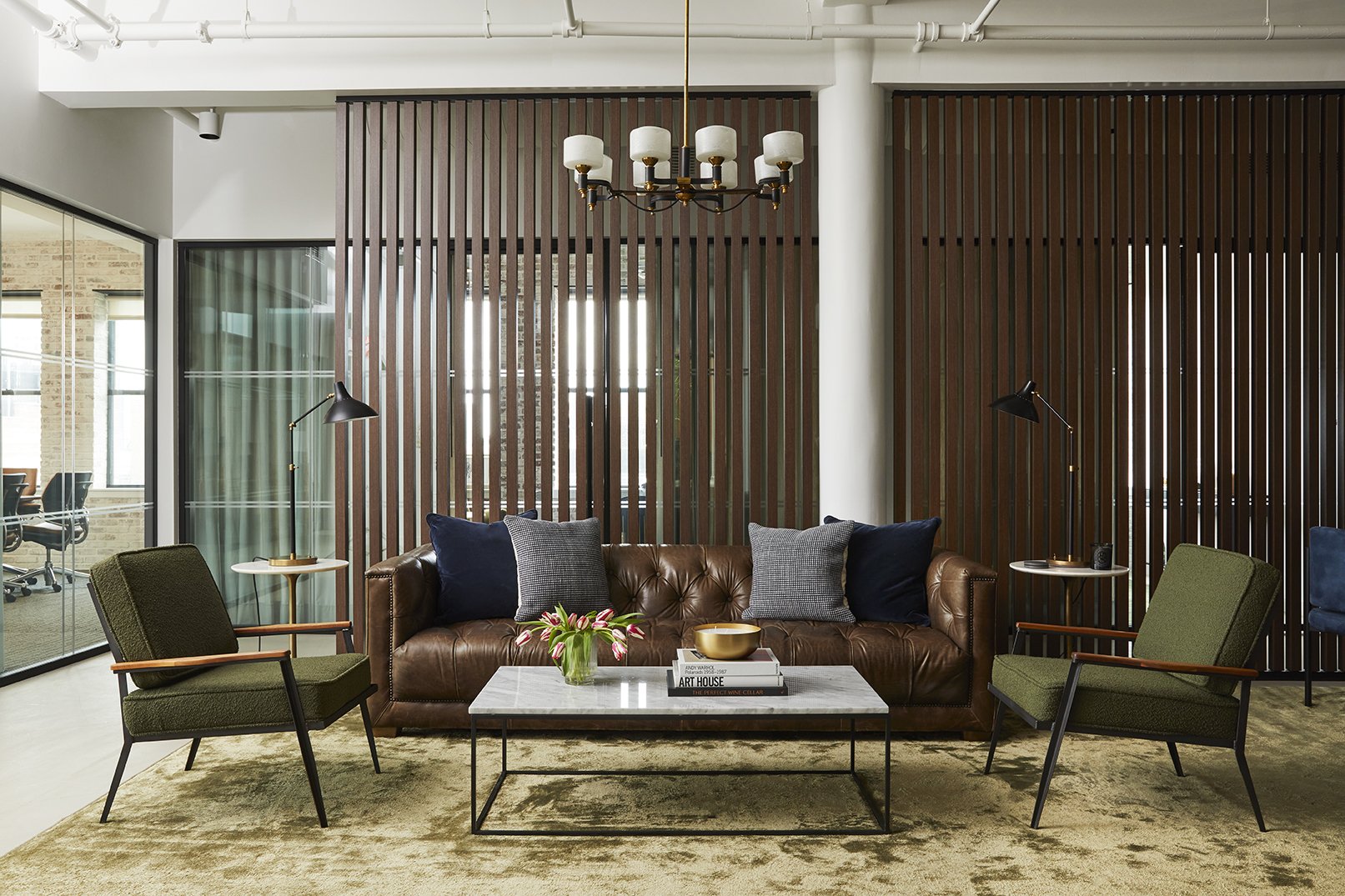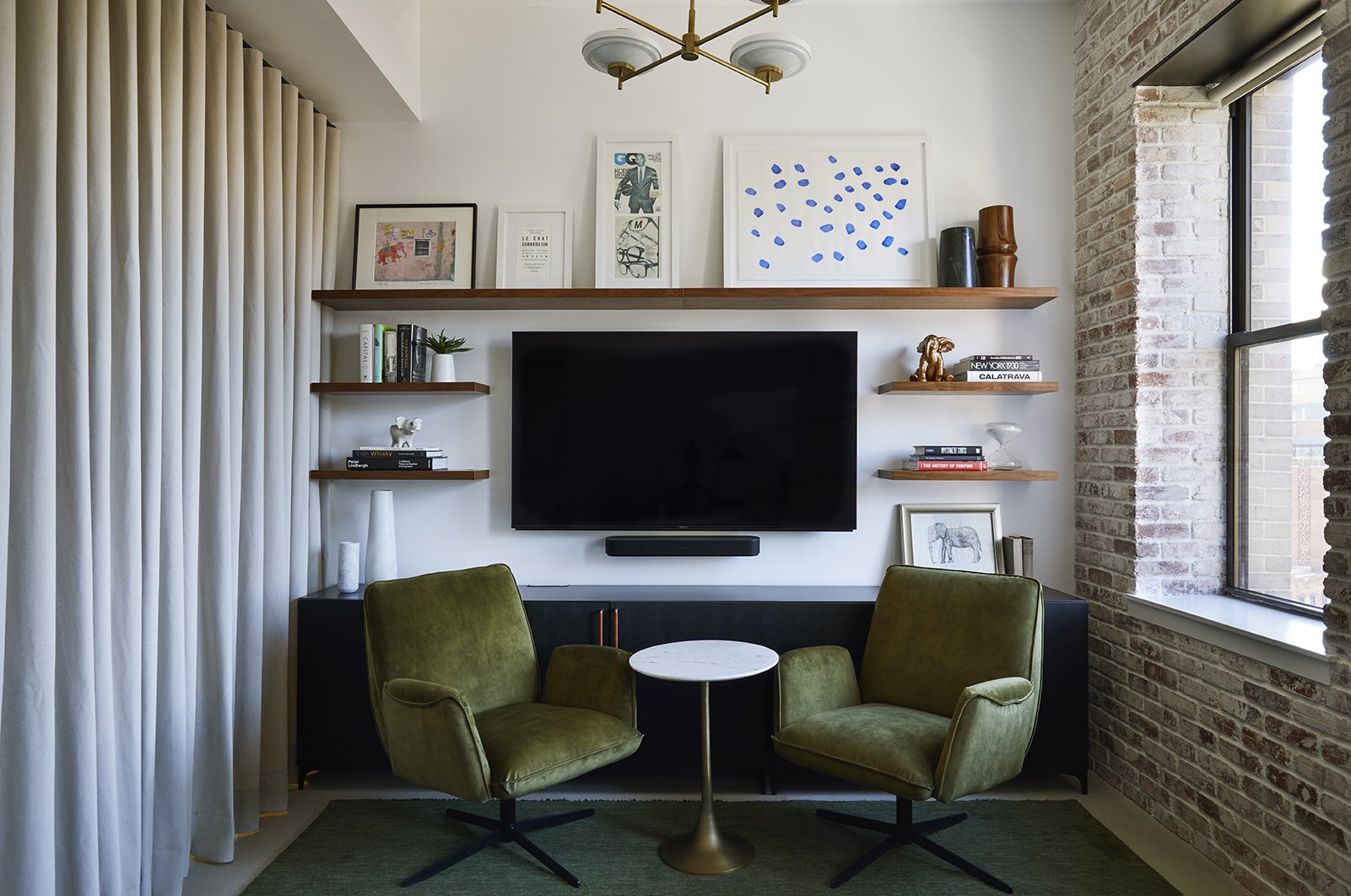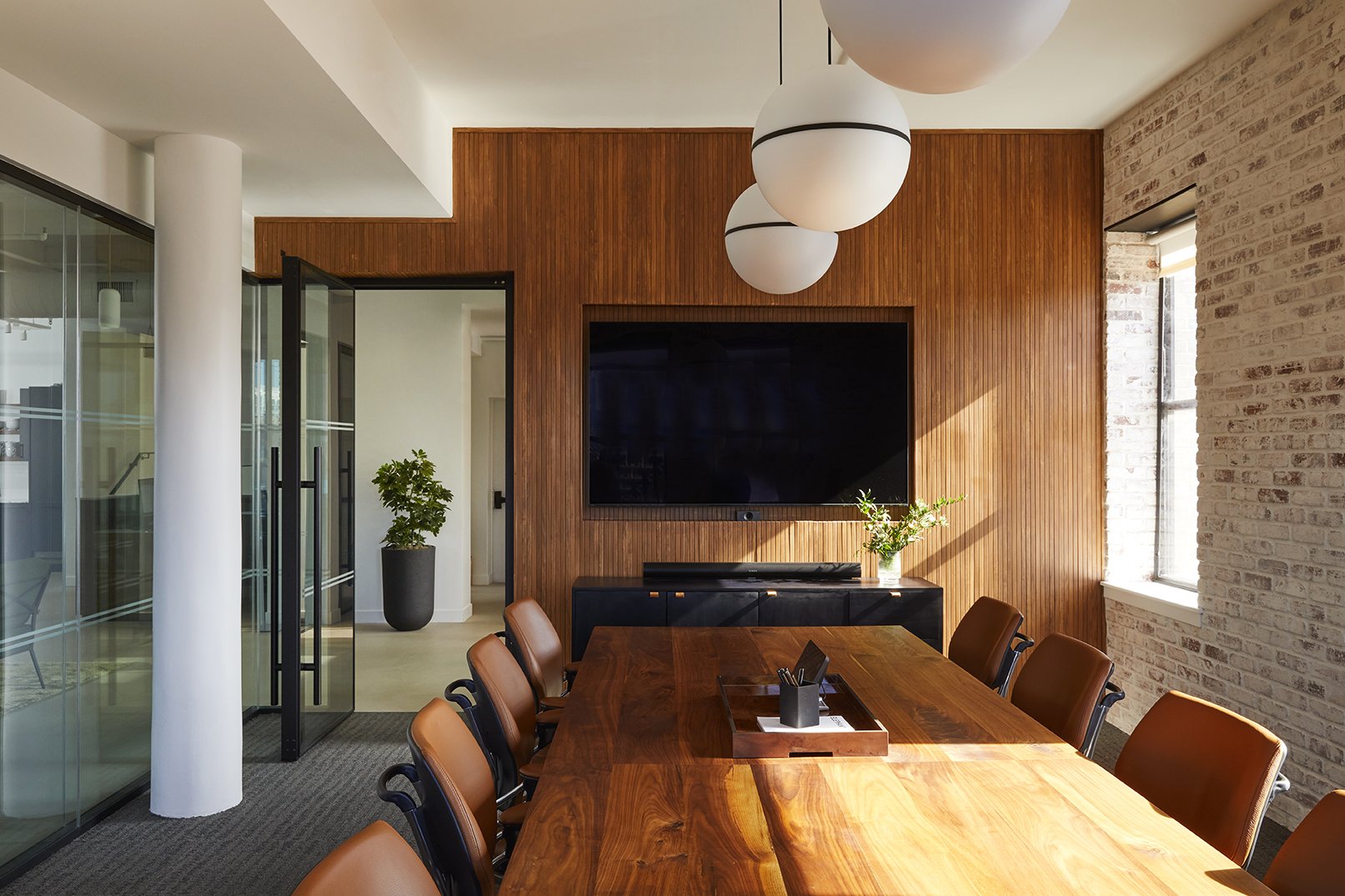Going Beyond the Project
with Natalie Suss, Junior Designer
“No one’s going to be perfect, but knowing that you are supporting a company that is taking these [sustainability] efforts will help push things in the right direction”
Natalie Suss didn’t originally dream of becoming an interior designer, but after reflecting on her interests and past habits — like designing homes in The Sims — she went on to graduate from FIT with a degree in interior design. There, she found her niche in sustainable design which she continuously brings to her work today.
H&Co: What was the “aha” moment when you knew design would be it for you?
NS: It was definitely a gradual process, but it's one of those things where looking back it makes sense. I used to play The Sims a lot, but I wouldn’t even really play, I would just be building houses. I would constantly have the game on pause and wouldn’t really care about their lives. Instead, I would be obsessing over designing a cute house. I also used to have an obsession with RVs and I used to doodle section views of the interior of an RV. So, it's things like that where I look back and realize it makes sense that I’m in interior design.
H&Co: Where does your creative process typically start?
NS: It’s very human and function-focused. I’m very thoughtful about the way people use a space and the way that I would want people to feel in a space versus focusing on the paint color or things of that nature. I like to figure out how I would want to feel in that space and take it from there.
H&Co: How do you integrate sustainability into your design?
NS: The most sustainable thing you could do is not buy new things. I think a big factor is limiting the amount of items that you’re putting in a space, seeing where you can either repurpose what’s existing or buy something secondhand. Be thoughtful about the companies you’re sourcing from – if they’re transparent about their manufacturing and what materials they use. Custom pieces are great, too, since it’s not off-the-shelf mass-manufactured stuff. I keep all of this in mind, especially when we’re first starting a project and getting an understanding of the budget and concept, and use that information to move forward.
H&Co: What kind of materials and transparency do you look for in companies?
NS: Some of it has to do with where they’re sourcing their wood from. Wood can get complicated because sometimes veneer is better because it uses less wood, but then you have to know what’s underneath the veneer. If it’s MDF, there’s a human health element because some MDF has formaldehyde. So, understanding where their wood is coming from, what materials they use, and how everything is produced is super important. If it’s made in the US, that’s even better because it means shipping locally and not shipping overseas or by air freight which contributes to a lot of greenhouse emissions. Then for things like fabric, trying to avoid synthetic materials like polyester unless maybe it’s polyester that’s made out of recycled plastic. There are so many layers to it because then there are issues with recycled plastic and how it’s melted. Again, it’s a lot of research on what materials are being used, if they are specific about their process, and having an understanding of that. I think a big thing is that no one’s going to be perfect, but knowing that you are supporting a company that is making these efforts and is transparent about what they’re doing, financially supporting those kinds of companies will help push things in the right direction.
H&Co: What has been your favorite design project at Hyphen?
NS: Gotham Burger Social Club was cool! One of my favorite details are the little pendant lights that are hanging above the booths in the back. It was a last-minute design decision we made after installing the original pendants and realizing they were huge. They were only slightly smaller than the tables and it just wasn’t making sense. It was a week before the electrician was going to be done in the space, so we went over to our trusty people at Canal Lighting and they were able to put together these really cute simple kind of industrial mini pendant lights that are hanging above the booths now. We work with Canal Lighting all the time, they’re just lovely to work with and their turnaround is super quick. They have helped us with so many other light fixtures – if we order anything vintage from Europe that needs to get rewired to US standards, they’ll do it for us and they’ll do it quickly. They’re just always supporting us so we like to support them.
H&Co: Who is your favorite designer and why?
NS: Co Adaptive Architecture! They’re a small company in Brooklyn and are more of an architecture firm for sure. They work on a lot of adaptive reuse projects and passive houses. It’s a pretty big undertaking to work on those kinds of projects, so it’s inspiring to see a small company do that. A lot of the big companies have thousands of employees, but seeing a small local studio doing that kind of work is inspiring and it’s cool to see. They’re not a design company but the shell of a building is important too!
H&Co: What is your current design obsession?
NS: I love hand rendering. I have a saved folder on Instagram for art and architectural doodles or watercolor paintings. It makes me miss the hand rendering that we used to do in school because there’s something so much warmer and more personal about hand renderings versus photorealistic renderings. For me, there’s just a different level of passion involved in hand rendering.



